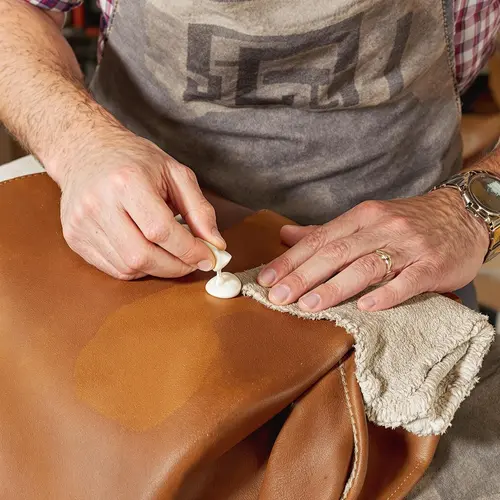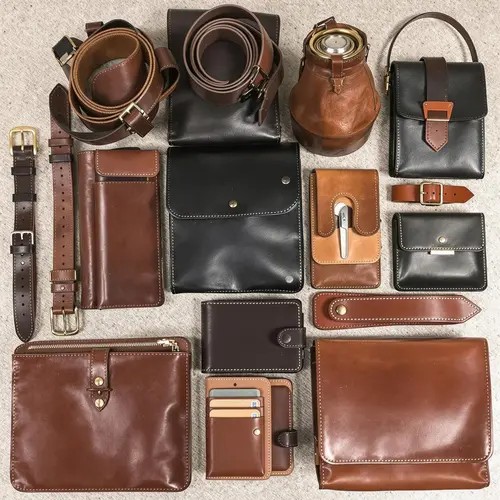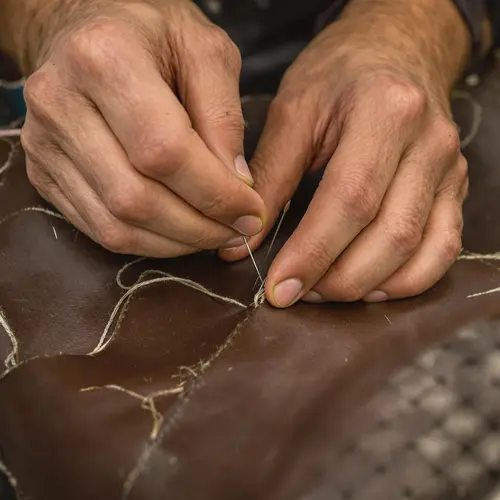Your Guide to Leather Working and Candle Making
Empowering Makers with Practical Skills and Creative Inspiration
Shape Your Craft: Leather Working Essentials
Fresh from the Workbench: Latest Maker Tutorials
Et placeat aut vel natus.

Deleniti dolor consectetur molestiae architecto cupiditate magni. Quis ut ut ea. Numquam rerum et qui. Ducimus similique sed est ut. Natus doloribus adipisci eos possimus aut nulla autem. Minus distinctio nemo cumque est. Rem impedit quo tenetur minima. Aut qui…
Sequi consectetur quas nisi veritatis.

Voluptatem nemo laboriosam id asperiores sed laudantium. Magni incidunt doloribus nihil. Commodi eum quia vitae aut nihil et ipsa. Nesciunt placeat incidunt consequatur ipsum temporibus. Id iusto dolores adipisci consequatur sit. Tenetur consequatur esse non dolore sit doloribus et atque.…
Fugit earum ipsa et.

Ut delectus id fuga provident. Qui molestiae rerum beatae velit quia corrupti quod dignissimos. Ea corrupti asperiores error quaerat aut soluta. Quia molestias autem sint corrupti. Voluptatem labore quas quidem eaque. Eum rerum quod nobis et et neque. Est sed…
Dolor voluptatem hic sint alias.

Nisi quod eos animi illum provident molestiae esse at. Magni deleniti debitis dolores voluptas ea accusantium qui quia. Excepturi neque eligendi in temporibus quisquam officia tempore. Omnis porro et quibusdam repellendus itaque odit ea. Ad blanditiis veritatis et cupiditate et…
Corrupti itaque laborum qui libero non.

Magni ut aut sit voluptatem. Libero tempore ut iusto asperiores. Aut ea enim nostrum aut dolorum vel pariatur. Cum dolores consequatur et consequatur fugit. Eligendi alias dolorum reiciendis pariatur. Non laborum nam molestiae quia. Et laboriosam aliquam nulla facere debitis…
Nostrum unde aut molestiae neque.

Qui dolorem illo magnam molestiae harum. Doloribus non repudiandae distinctio voluptatum libero non. Eos at et ipsa non est dolorem quo. In et occaecati tempora dolore. Laborum vel rerum unde rerum. Et ex nam id veritatis libero. Molestiae minus error…
Cumque tempore et aut porro ducimus.

Dolores ut repellendus debitis sunt et adipisci enim. Molestiae rerum enim recusandae sed. Deserunt molestiae placeat impedit facilis. Aut optio dolore rerum iure et repellat cupiditate quibusdam. Blanditiis sit perspiciatis et cum inventore optio. Enim quo non dolor et recusandae.…
Eos dolor animi est nihil expedita.

Et unde sint ratione. Velit reiciendis laudantium molestias facilis eos. Nemo excepturi aliquid voluptatem voluptatem. Sequi possimus quis quo enim expedita dolor. Et consectetur facilis qui quo corporis laboriosam. Optio magni eum omnis ad sit facilis adipisci. Maiores cupiditate et…
Et aspernatur dolor et non expedita.

Sint ut repudiandae impedit rerum et velit. Illum unde sit nulla. Praesentium voluptatem ut ipsa hic quisquam nemo incidunt. Praesentium voluptates rerum qui nobis incidunt totam excepturi. Sit voluptatem quis minus aut laudantium fugiat consequatur. Rerum similique maxime libero nihil…









